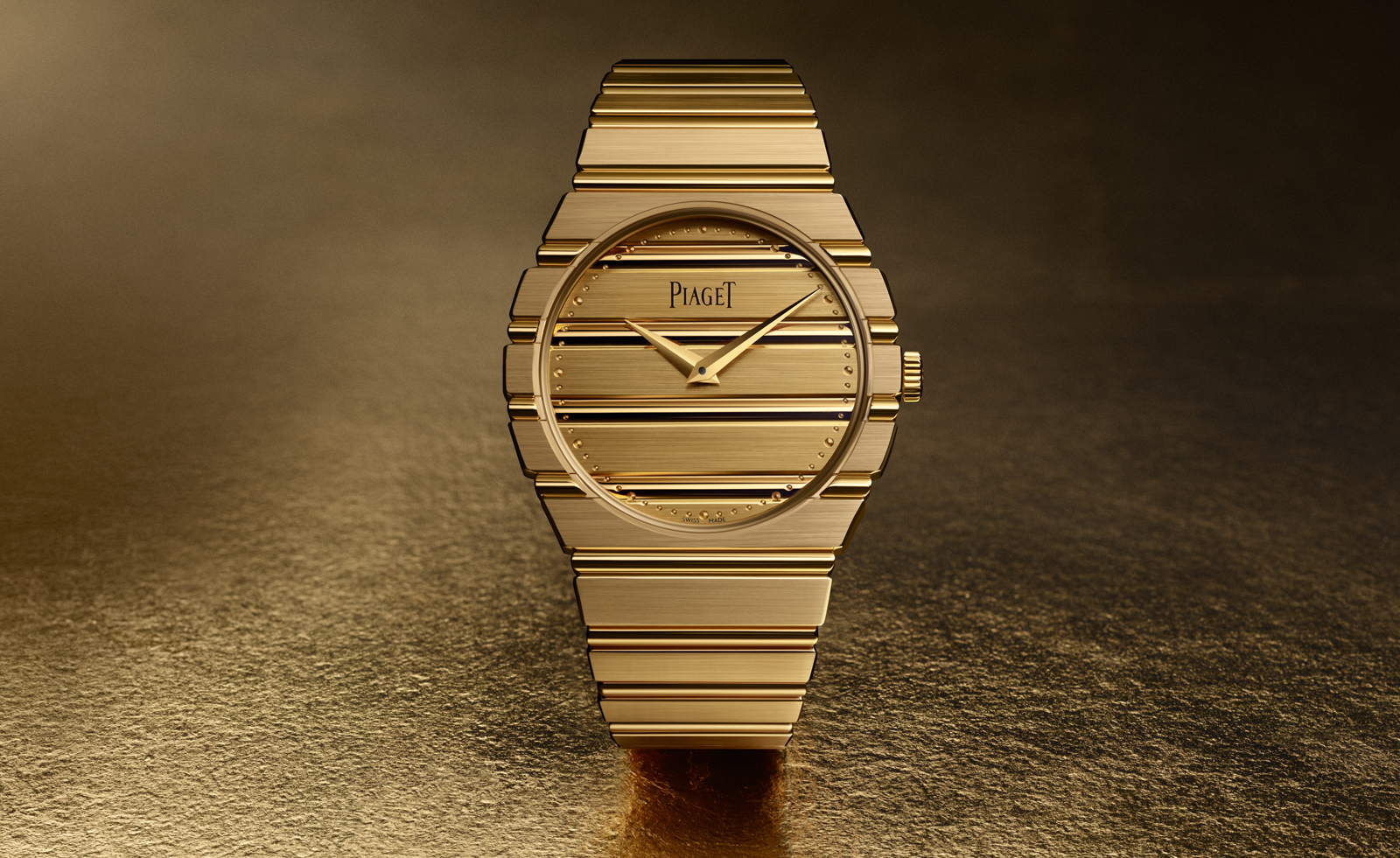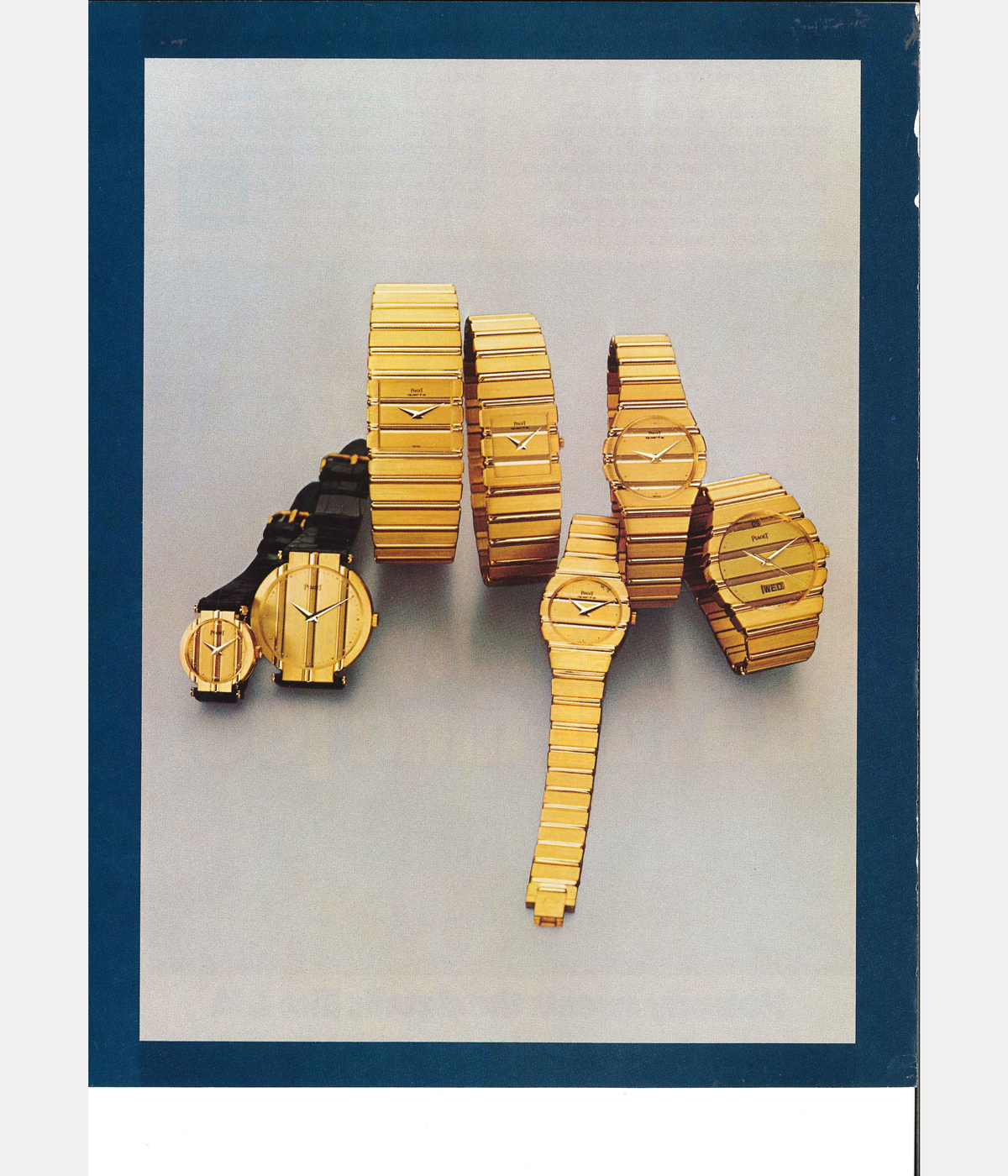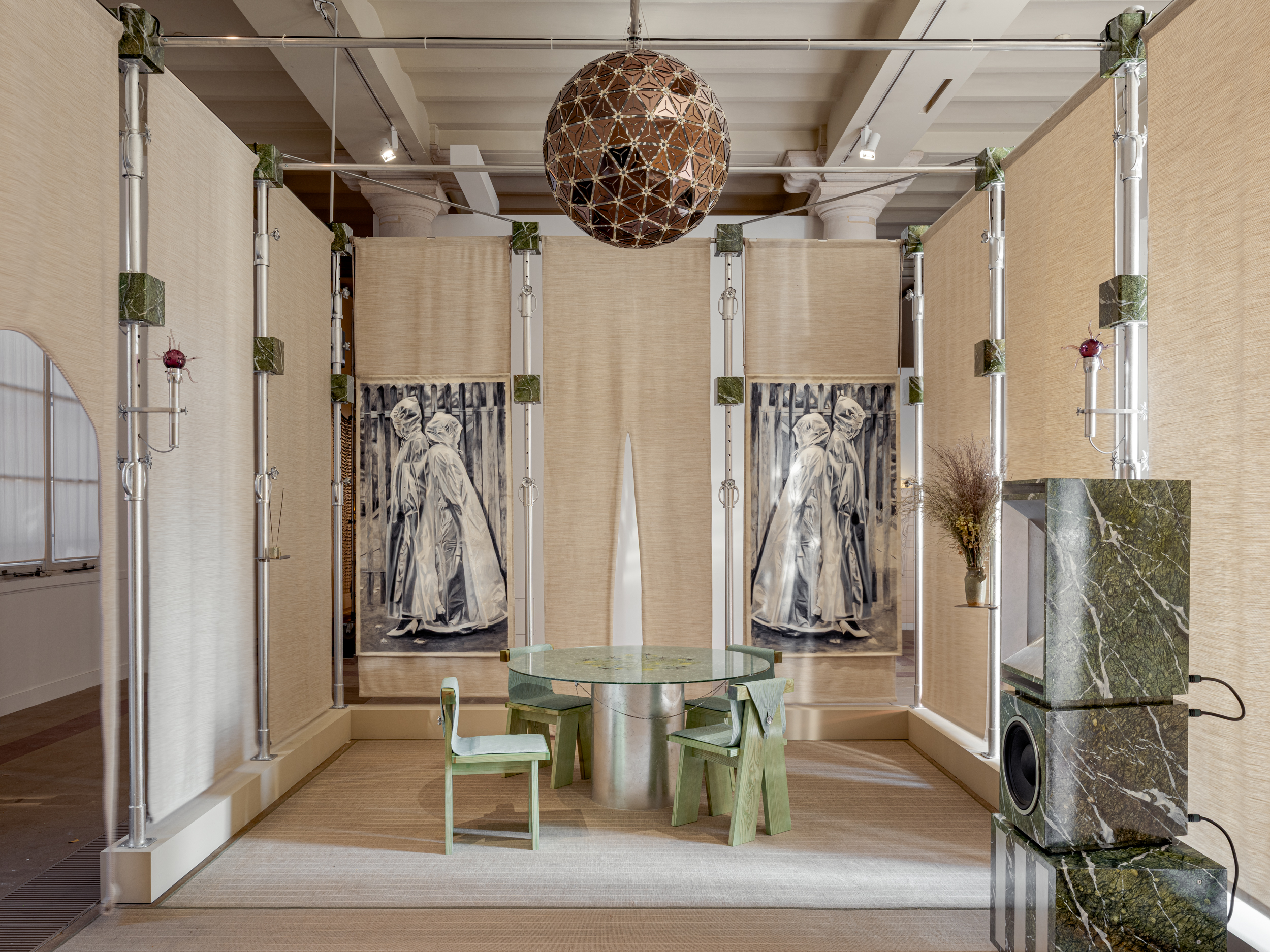Piaget Polo 79 sets the bar high for 1980s revivals
The return of the Piaget Polo 79 coincides with the brand’s 150th anniversary

We’re all about the suave braceleted charm of 1970s grail watches like the Nautilus and the Royal Oak, but what about Piaget’s Polo? The main range is on an upward-trending trajectory, but the Piaget Polo 79 is different, and a game changer. With its graphic look rendered in solid gold, it might be just what we’ve been waiting for.
There is no denying the immense time-travelling appeal of the 1960s and 1970s, with the hottest wristwear catering to our unending appetite for designers like Gerald Genta. But at this year’s first watch event, LVMH Watch Week 2024, golden 1980s chic made its return, here from Bulgari. Some took it as a trend-turning sign, one confirmed by Piaget, which then dropped its revived Polo 79 last week. There’s no doubt the 1980s are back, and with a vengeance, as seen in the 79's immaculately finished excess, a fitting celebration of the 150th anniversary of Piaget.
Piaget Polo 79 is back

A 1983 advert for the Piaget Polo
Some releases are expected, but we were caught off guard by 200 grams of gold that celebrates yuppie excess. The Polo 79 has a confident swagger, kicking off a big year for Piaget’s anniversary, and the Polo’s 45th year. Intriguingly, the Polo 79 does this by offering a different and immersive perspective on watch design while still catering to our desire for bracelet perfection.
Piaget’s 1980s output equally references avant-garde jewellery design and traditional horology. Sure, the Polo 79 is a timepiece, with an accurate and intricately finished caliber, the Piaget 1200P1,and a dial. But it’s a seamlessly camouflaged one, just like its 1980s quartz inspiration, and a tad larger. Piaget Polos were both rectangular and round, while the tapering design of the new Polo 79 is 38mm at its widest. But it sets itself apart by taking the integrated bracelet to delightful extremes.

A Piaget advertisement from the 1980s
Brushed, bevelled links and polished rounded gadroons (the cylinder-shaped links) are something we’ve seen in bracelets before. But here they impart a seamless flow of geometric gold throughout. The tapering bracelet morphs into the case itself, infusing even the actual dial with a rhythmic pattern. The only concessions to traditional dial design are two scalpel-sharp dauphine hands and discreet circular markings.
At more than £50,000, this is a halo release from Piaget, but we can’t help being intrigued by the possibility of a broader range appearing. With today’s hot-trending brands struggling to meet demand, the new 79 might just be the hot ticket of 2024, even without celebrity endorsement. It is that good, and when they drop a full steel model, we will have an even stronger contender to deal with. We’re speculating, but the market wants it and Piaget has the means to deliver the integrated goods.
Receive our daily digest of inspiration, escapism and design stories from around the world direct to your inbox.
Thor Svaboe is a seasoned writer on watches, contributing to several UK publications including Oracle Time and GQ while being one of the editors at online magazine Fratello. As the only Norwegian who doesn’t own a pair of skis, he hibernates through the winter months with a finger on the horological pulse, and a penchant for independent watchmaking.
-
 Dutch Design Awards 2025 honour a new generation of creatives
Dutch Design Awards 2025 honour a new generation of creativesRecognising the use of AI as a design tool, social commentary, and new materials, this year’s Dutch Design Awards go to Vera van der Burg; Willem de Haan; and Marten van Middelkoop and Joost Dingemans of Plasticiet
-
 The return of Genghis Cohen: LA’s cult Chinese diner lives on
The return of Genghis Cohen: LA’s cult Chinese diner lives onThe 1980s Chinese-American landmark returns with red booths, neon nostalgia, and a fresh dose of Hollywood eccentricity
-
 A monumental exhibition of French design revives the spirit of art deco for contemporary times
A monumental exhibition of French design revives the spirit of art deco for contemporary timesThe Galerie des Gobelins hosts the inaugural Salon des Nouveaux Ensembliers, a contemporary movement inspired by art deco’s grand traditions